Tesla has become a name associated with the latest technologies in the automotive and energy industries. This article covers the intricate details of Tesla’s evolution from its founding to its current status as a leader in electric vehicles, energy storage systems, and renewable energy solutions.
What is Tesla?
Founded in 2003, Tesla is an American company specializing in electric vehicles, energy storage solutions, and solar energy products. Tesla’s mission is to accelerate the emergence of sustainable energy by producing electric vehicles, solar technology and comprehensive renewable energy solutions for homes and businesses. The company’s approach to technology development spans multiple industries, positioning it as an important contributor to global efforts to reduce dependence on fossil fuels.
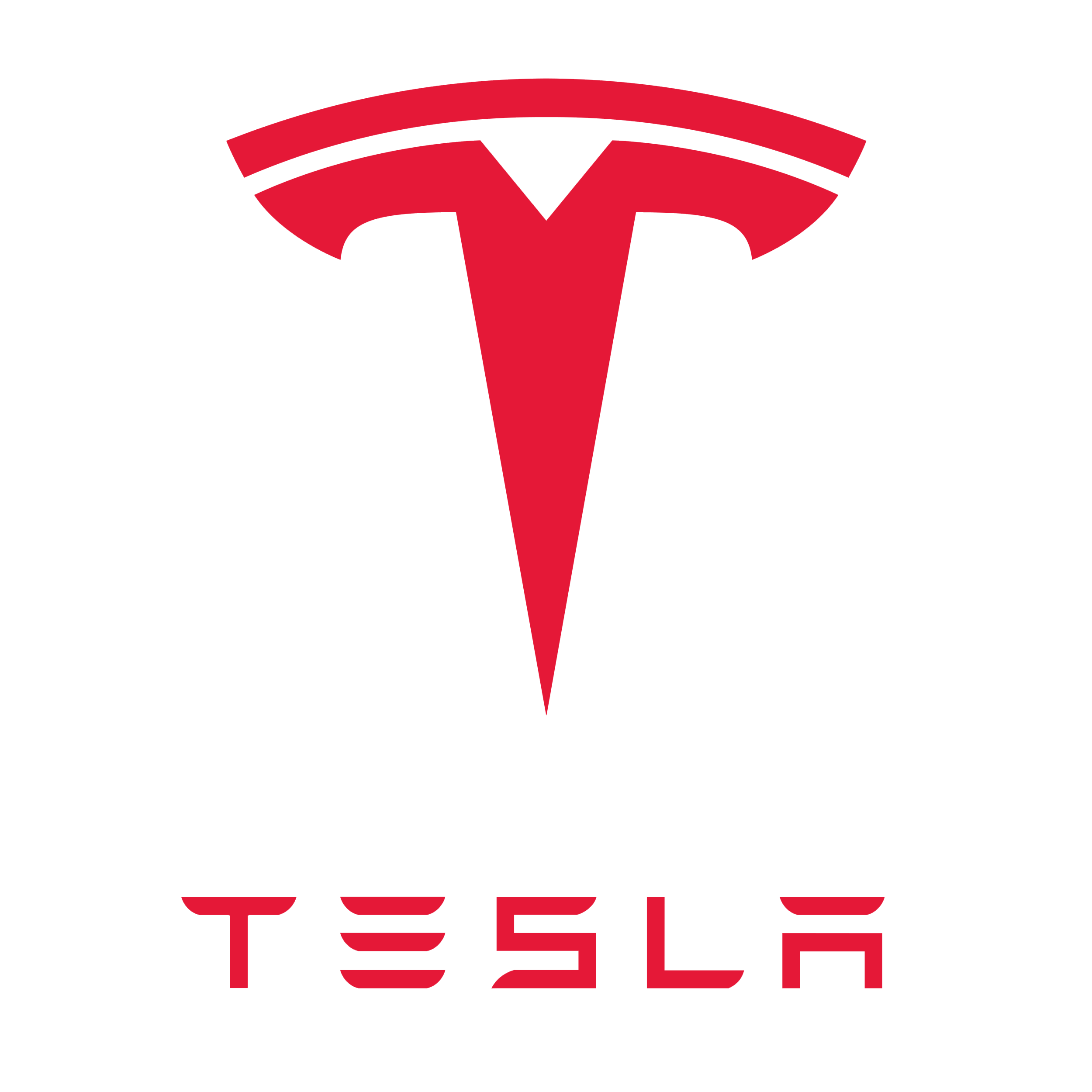
History of Tesla Motors
Tesla Motors was founded in 2003 by engineers Martin Eberhard and Mark Tarpenning. They envisioned a company that could build electric cars that could outperform conventional gasoline cars in terms of performance, efficiency, and environmental impact. Tesla’s journey from startup to global leader in electric vehicles and clean energy has been marked by significant milestones and inventions.
In its early years, Tesla faced numerous challenges, including skepticism from the auto industry and financial difficulties. Despite these obstacles, the company has pushed forward with its mission to revolutionize the transportation sector. Tesla made its first major breakthrough with the Roadster, a high-performance electric sports car that demonstrated the potential of electric vehicles.
As Tesla continued to innovate and expand its product line, the company attracted significant investment and talent. Elon Musk, who led the first round of Series A funding in 2004, was extremely instrumental in Tesla’s growth. Under Musk’s leadership, Tesla expanded its vision to include renewable energy solutions and energy storage products.
Who are the founders of Tesla?
Tesla was founded by Martin Eberhard and Mark Tarpenning in 2003. They were later joined by Ian Wright and JB Straubel, who were instrumental in the development of Tesla’s technology and business strategy. Elon Musk, who led the initial round of Series A funding in early 2004, became the largest investor and chairman of the board. Musk’s vision and leadership helped drive Tesla’s growth and development.
Martin Eberhard and Mark Tarpenning, both engineers with a passion for electric cars, created the foundation for Tesla Motors. Eberhard became the company’s first CEO, and Tarpenning became the CFO. Together, they envisioned a future in which electric cars could rival and even surpass gasoline-powered cars in terms of performance and efficiency.
Ian Wright joined Tesla in the early stages of its development and shared his experience in automotive engineering. Wright helped develop the technology behind Tesla’s electric powertrain, which would later become one of the main features of the company’s vehicles.
JB Straubel, another early member of the team, brought his deep knowledge of battery technology to Tesla. As the company’s CTO, Straubel was actively involved in the development of Tesla’s battery systems, which are essential to the performance and range of Tesla’s electric vehicles. Straubel’s contributions helped Tesla become a leader in battery technology and energy storage solutions.
Elon Musk’s involvement with Tesla began with his investment in the company during a Series A funding round. As chairman and later CEO, Musk led Tesla’s efforts to scale production, expand its product line, and develop new technologies. Musk’s leadership is characterized by his bold vision for the future of transportation and energy, which has allowed Tesla to become one of the largest manufacturers in the automotive and renewable energy industries.
Tesla Motors: The Early Years
In its early years, Tesla focused on developing an electric sports car that could compete with gasoline-powered cars. The company’s first major success was the Tesla Roadster, which was introduced in 2006 and went into production in 2008. The Roadster was the first production electric vehicle to use lithium-ion batteries and offer a range of more than 200 miles on a single charge, demonstrating the viability of electric vehicles for everyday use.
Named after Nikola Tesla
The company Tesla Motors was named after Nikola Tesla, a pioneer and inventor in the field of electricity. Nikola Tesla’s contribution to the development of alternating current (AC) power supply systems was groundbreaking and forms the basis of modern electricity distribution. The founders of Tesla Motors chose his name to reflect their commitment to the development of electric technology and to honor his legacy.
Roadster
The Tesla Roadster marked the company’s first foray into the automotive market. Built on the chassis of the Lotus Elise, the Roadster was equipped with its own electric powertrain developed by Tesla. It demonstrated the potential of electric vehicles for high performance and long range, challenging the perception of electric cars as slow and impractical. The success of the Roadster helped secure additional funding and set the stage for future Tesla models.
Several key decisions were made in the development of the Roadster. Tesla engineers have developed a special battery with thousands of small lithium-ion cells, similar to those used in laptops. This approach allowed them to achieve a high energy density that gave the Roadster a range of over 200 miles on a single charge. The Roadster’s electric motor delivers instant torque, resulting in quick acceleration and high performance.
Roadster production was limited, with around 2,500 units sold between 2008 and 2012. Despite its limited run, the Roadster’s impact was significant. He laid the foundation for future Tesla cars and made the company a leader in electric vehicle technology.
Tesla models
The model range of Tesla cars has expanded significantly since the introduction of the Roadster. The current lineup includes Model S, Model 3, Model X and Model Y, each targeting different market segments and showcasing Tesla’s achievements.
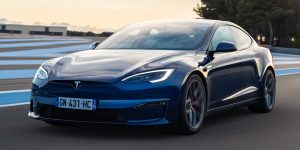
- Model S: Launched in 2012, the Model S is a luxury sedan known for its long range, high performance and advanced features. It has set numerous performance and safety records for electric vehicles. The Model S is offered in a variety of configurations, including a high-performance Plaid version that boasts a top speed of 200 mph and a range of over 390 miles. Model S has a minimalistic interior with a large touchscreen that controls most of the car’s functions, as well as advanced driver assistance features such as Autopilot.
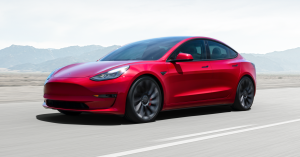
- Model 3: Introduced in 2017, the Model 3 is designed to be an affordable mass-market electric vehicle. It quickly became one of the best-selling electric cars in the world thanks to its combination of performance, range and price. The Model 3 is available in several configurations, including Standard Range Plus, Long Range and Performance versions. The success of the Model 3 has helped electric cars become popular, with more than a million electric cars sold worldwide.
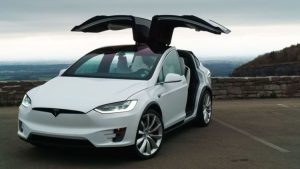
- Model X: The Model X is an SUV that debuted in 2015, with distinctive Falcon Wing doors and seating for up to seven passengers. It combines the practicality of an SUV with the performance and efficiency of an electric vehicle. Model X is available in Long Range and Plaid trims, both of which offer impressive range and acceleration. The Model X is also known for its advanced safety systems, making it one of the safest SUVs on the market.
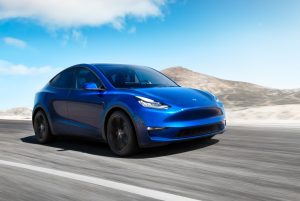
- Model Y: Launched in 2020, the Model Y is a compact SUV that shares many components with the Model 3. It offers ample cargo space, seats up to seven passengers, and has a range of over 300 miles. Model Y is designed for families and those who need more space than a classic sedan can provide. The Model Y’s versatility and performance have made it one of Tesla’s most popular models.
Tesla’s future electric cars
Tesla continues to innovate, developing a number of new models that promise to push the boundaries of electric vehicle technology.
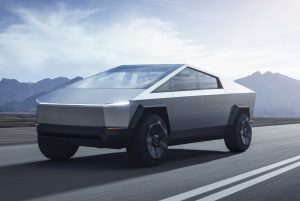
- Cyber truck (Cybertruck): Cybertruck is a futuristic all-electric pickup from Tesla. Introduced in 2019, the Cybertruck has a unique design, a durable exoskeleton and impressive performance characteristics. It is expected to be available in several configurations with varying range and towing capacity, targeting both the consumer and commercial markets. Cybertruck’s distinctive appearance and advanced features have generated significant interest and pre-orders.
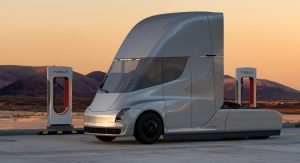
- Tesla Semi: The Tesla Semi is an all-electric heavy-duty truck designed to revolutionize the trucking industry. Announced in 2017, the Semi promises to deliver significant cost savings and environmental benefits over traditional diesel trucks. It is expected to be able to travel between 300 and 500 miles on a single charge and will be equipped with advanced safety and driver assistance technologies. The Tesla Semi aims to reduce the carbon footprint of the trucking industry and increase operational efficiency.
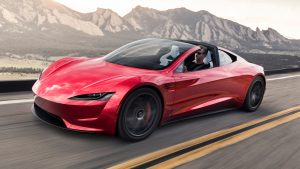
- Roadster (second generation): Tesla plans to launch the second generation Roadster, which is expected to be the fastest production car in the world. The new 2018 Roadster is expected to have a range of over 600 miles and accelerate from 0 to 60 mph in less than 2 seconds. It will showcase Tesla’s new technology and performance capabilities, setting new standards for electric vehicle performance.
Other Tesla products
In addition to vehicles, Tesla has developed a number of products aimed at energy storage and renewable energy solutions.
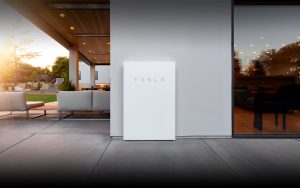
Powerwall: The Tesla Powerwall is a home battery system designed to store energy for backup power and self-consumption of solar energy. It allows homeowners to store excess solar energy generated during the day for use at night or during power outages, increasing energy independence and sustainability.
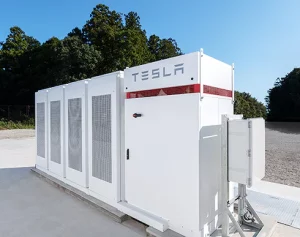
Powerpack: is a larger scale energy storage solution for commercial and utility use. It helps to stabilize the grid, reduce electricity costs and supports the integration of renewable energy sources. The Powerpack system is scalable, allowing it to be adapted to the specific needs of different applications. Powerpack installations have been deployed around the world, providing critical energy storage for a variety of applications, including grid stabilization and renewable energy integration.
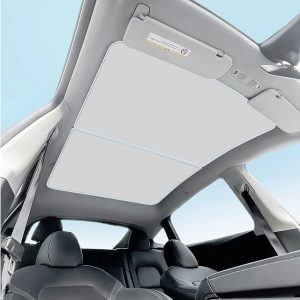
Sunroof: Tesla integrates solar panels into roof tiles, providing a seamless and aesthetically pleasing solution for renewable energy generation. A solar roof is designed to replace conventional roofing materials by generating electricity from the sun, reducing reliance on the grid and reducing energy costs. The design and efficiency of a solar roof make it an attractive option for homeowners looking to invest in renewable energy.
Tesla bot
In 2021, Tesla announced the development of the Tesla Bot, a humanoid robot designed to perform tasks that are repetitive, dangerous, or boring to humans. Using Tesla’s expertise in artificial intelligence and robotics, the Tesla Bot is designed to help across industries by improving productivity and safety. The robot will be able to navigate the environment and perform tasks autonomously, using the same artificial intelligence technology that powers Tesla’s autonomous driving systems.
A network of supercharger stations
To support its electric vehicles, Tesla has developed a global network of Supercharger stations. These fast charging stations are located along major highways and in city centers, allowing for long-distance travel and significantly reducing charging times. The Supercharger network is an important component of Tesla’s infrastructure, making electric vehicle ownership more convenient and practical.
- Charging speed: Superchargers provide high-speed charging, allowing Tesla cars to get up to 200 miles of range in just 15 minutes. This fast charging capability reduces downtime associated with recharging and makes long road trips possible for EV owners.
- Global coverage: The Tesla Supercharger network spans North America, Europe, Asia and other regions, ensuring Tesla EV owners have access to convenient charging locations wherever they travel. The network continues to expand, with new stations being added regularly to accommodate the growing number of Tesla vehicles on the road.
Is Tesla a technology company?
Tesla is not limited to the production of cars, but also embraces modern technologies in the fields of energy storage, renewable energy sources and artificial intelligence. The company’s approach to the integration of hardware and software solutions positions it as a leader in many technological fields.
- Autonomous Driving: Tesla’s Full Self-Driving (FSD) technology uses artificial intelligence and machine learning technologies to drive the car autonomously. Tesla continues to develop and improve its FSD capabilities as it strives to make self-driving cars a reality. The FSD system uses a combination of cameras, sensors and neural networks to navigate and make decisions on the road, providing a high level of safety and convenience.
- Artificial Intelligence: Tesla’s expertise in artificial intelligence includes the development of the Tesla Bot, a humanoid robot designed to perform tasks that are repetitive or dangerous for humans. The artificial intelligence technology developed by Tesla is at the forefront of development, driving progress in many industries. Tesla’s AI research focuses on developing systems that can learn and adapt, improving the performance and capabilities of Tesla products.
- Energy technology: Tesla’s energy products, including the Powerwall, Powerpack and Solar Roof, demonstrate the company’s commitment to sustainable energy solutions. These products integrate technologies to provide reliable, efficient and cost-effective renewable energy options. Tesla’s energy solutions are designed to reduce dependence on fossil fuels, lower electricity costs and promote the adoption of renewable energy sources.
Conclusion
Tesla’s impact on the automotive and energy industries is profound. From the early days of the Roadster to its current lineup of electric vehicles and energy products, Tesla continues to drive the transition to sustainable energy. The company’s constant innovation in electric vehicles, energy storage and autonomous technologies makes it one of the main players in the pursuit of a cleaner and more sustainable future.